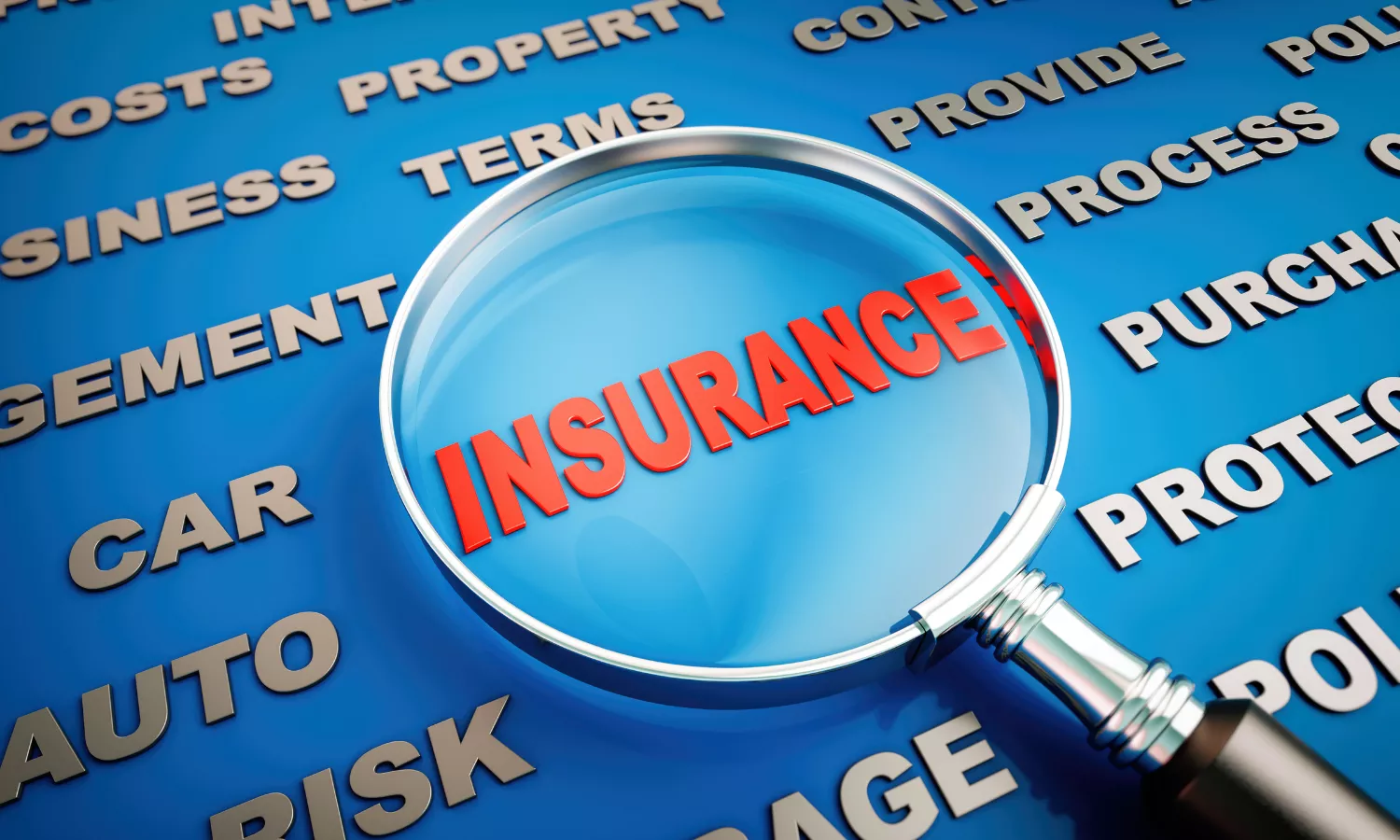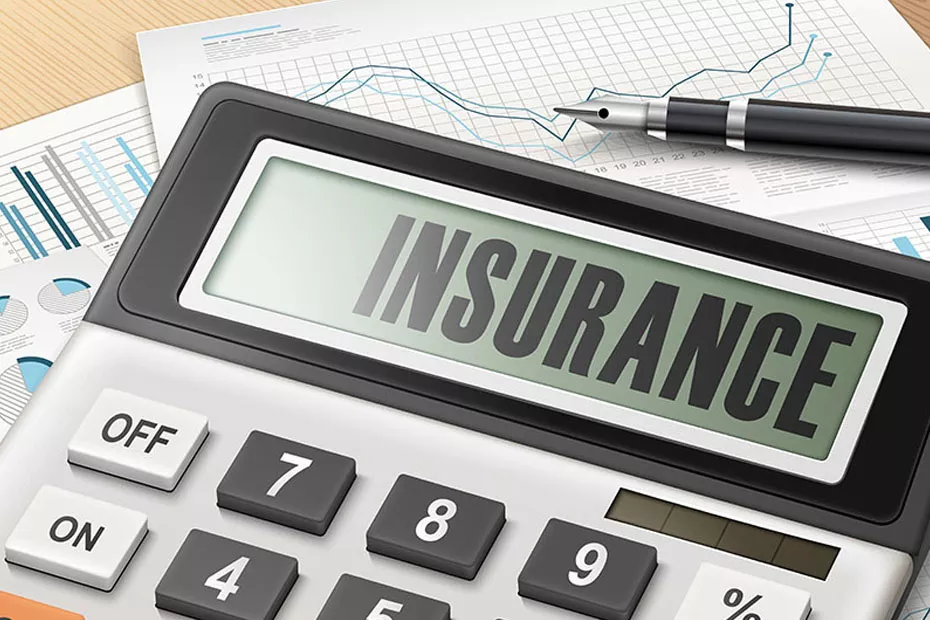In the vast and ever-evolving Insurance Market, understanding the core documents related to your insurance policy is essential. Among the most important of these is the Insurance Declaration Page, a critical document that provides a summary of your coverage. Whether you’re a first-time policyholder or someone who needs to access their declaration page for legal, claim, or informational purposes, this guide will walk you through how to obtain it easily and efficiently. This comprehensive article will cover the essential steps, how to find this page in the context of Insurance Trading, and how to interpret the key details, such as the Insurance Price and coverage. Understanding these aspects can help you make informed decisions and ensure your financial security.
What is an Insurance Declaration Page?
The Insurance Declaration Page serves as a summary of your insurance policy. It outlines the specifics of your coverage, including details about your vehicle, home, health, or life insurance policy. This page contains important information like your policy number, coverage limits, effective dates, deductibles, and premiums. Knowing how to locate and read your declaration page is key for policyholders, as it serves as proof of coverage and provides all necessary details for claims and legal purposes.
Why You Need the Insurance Declaration Page
Your insurance declaration page is necessary for multiple reasons. Whether you’re dealing with a claim, purchasing a new vehicle or home, or needing to prove you have adequate coverage, this document plays a crucial role. It is often required when you are:
Filing an insurance claim
Renewing your insurance policy
Submitting documents for loan approvals
Verifying your insurance for legal or regulatory purposes
Requesting changes to your policy or premiums
Having easy access to your Insurance Declaration Page ensures that you are always prepared for these scenarios.
How to Obtain Your Insurance Declaration Page
Obtaining your Insurance Declaration Page is straightforward if you know where to look and what steps to follow. Below is a detailed breakdown of how to access this important document.
Step 1: Contact Your Insurance Provider
The first and most direct way to get your Insurance Declaration Page is to contact your insurance provider. Many providers offer multiple channels for retrieving this document, including online accounts, customer service lines, or through their mobile apps. Be ready with your policy number and identification details to ensure a smooth process.
Step 2: Access Online Accounts
Most modern insurers offer online portals where you can log in to your account and download your declaration page directly. This is often the fastest way to get the document. Once logged in, navigate to the ‘Documents’ or ‘Policy Details’ section. From there, you can find the option to download or print your insurance declaration page.
Step 3: Check Your Insurance Documents
If you have a physical copy of your insurance policy, your Insurance Declaration Page will likely be included at the beginning of the policy paperwork. Ensure you carefully check through your paperwork and locate the section titled ‘Declaration’ or ‘Summary of Coverage.’
Step 4: Request a Copy by Mail
If you’re unable to access your declaration page digitally, many insurers can still provide you with a physical copy of the document. Call your insurance provider’s customer service department and request a mailed copy. This may take longer but is an option if you’re not able to access your policy online.
How to Understand Your Insurance Declaration Page
Once you have your Insurance Declaration Page, it’s essential to understand what each section represents. Here’s an overview of key sections you’ll find on most declaration pages:
Policyholder Information: Your name, contact details, and the names of any other covered individuals.
Coverage Information: Details about the type of coverage you have, including coverage limits, deductibles, and premiums.
Effective Dates: The start and end dates of your insurance policy.
Vehicles or Property Covered: A detailed description of the vehicles or properties under your policy.
Premium Amount: The amount you’ll pay for coverage during the policy term.
By thoroughly reviewing these sections, you can ensure that your insurance meets your needs and that you understand the details of your policy.
What to Do If Your Declaration Page Is Incorrect
If you notice discrepancies or errors on your declaration page, it’s important to address them immediately. These could include incorrect coverage amounts, vehicle or property details, or premium amounts. Contact your insurance provider to request corrections. They may ask for supporting documentation, so make sure to have your proof of purchase or any relevant details handy.
What Happens If You Don’t Have a Declaration Page?
If for any reason you cannot obtain your Insurance Declaration Page, it could indicate a lapse in coverage or other issues with your insurance policy. It’s essential to follow up with your insurer to ensure that your coverage is still valid. If necessary, you may need to purchase a new policy or make adjustments to your existing one.
Conclusion
Obtaining and understanding your Insurance Declaration Page is essential for maintaining a clear view of your insurance coverage. It serves as both proof of your policy and a quick reference for your coverage details. Whether you’re dealing with an Insurance Market provider or managing Insurance Trading, always ensure that you have access to this vital document. By following the steps outlined in this guide, you can easily access and understand your declaration page, allowing you to manage your insurance with confidence. Keep in mind that having a clear understanding of your Insurance Price and coverage ensures your financial protection in the event of a claim or other insurance-related needs.
Related topics:






























